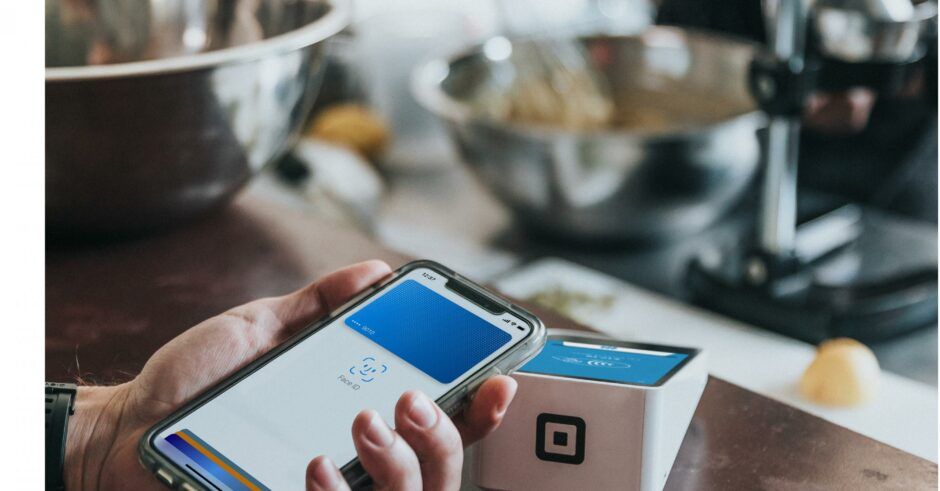There is a common fear amongst employees in service industries like food & beverage that the increased effort for automation through machines will ultimately replace workers and dehumanize what is usually deemed a “people-focused” industry.
The fear stems largely from operational and logistical automation, where we are increasingly seeing robots take over responsibilities like optimizing production rate in a food factory, quality assurance checks and even customer-facing service roles.
But it’s arguable that industry members who fear this are using tech in the wrong way or misunderstanding its true potential. What’s crucial here is for businesses to approach technology as a way to empower human employees, in which the tools are used to enhance their performance, transform how they approach tasks and ignite new ways of thinking and problem-solving — rather than to entirely replace whole functions.
When viewed in this way, it can be seen that tech is not dehumanizing F&B at all. What often gets overlooked is how technology can actually strengthen workplace relationships, enhance customer experiences and connect remote teams together.
With the right workplace tools in place, businesses are equipped with a new strategy for boosting employee engagement by opening up more channels for communication. With a mobile-first tool, features like instant messaging, voice and video calls and customized stickers allow teams to stay connected and informed, while management are able to boost transparency through on-demand announcements and new feedback channels for their teams.
These factors are particularly important with the rise of remote workers and dispersed teams in today’s modern F&B industry – for instance, tech allows delivery truck drivers to connect to your restaurant easily with supply updates, and managers to easily oversee operations in multiple branches with a human touch without having to physically travel from one store to another.
This transitions into real results for your restaurant: with staff engagement improved, you’ll see employees become more detail-oriented in their customer service. When operations are running smoothly and workplace culture is strengthened, it opens up room for staff-to-customer relationships to blossom: for instance, bartenders are more likely to remember customers’ names or their unique order. In this way, service becomes much more humanized through personalization, and it all ties back to having an engaged workforce through technology.
By enhancing communications with better tech, workplace relationships are also strengthened, boosting the sense of transparency and trust amongst peers as well as the organization as a whole. When this is considered alongside the 2018 Jo Cox Commission Report, which states that 9 million people in the workplace struggle with loneliness at work, it’s clear that firms who manage to bring back the human touch successfully – even if it is through the use of technology – will undoubtedly gain a competitive advantage and ultimately see boosted success in their business.
With this in mind, it’s difficult to argue that tech removes the human touch to companies. In fact, in many ways, it’s doing the exact opposite.
The Business Transformation Network has shared this article in partnership with EkoApp.




